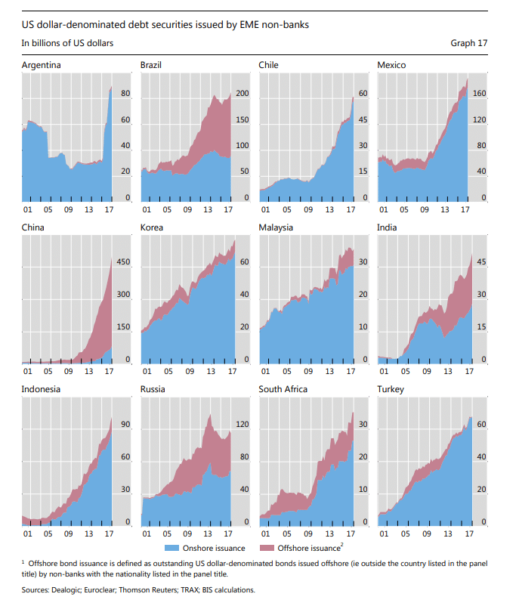Turkey has been in the news recently as its currency went through a rapid depreciation against the United States Dollar. Then again, it shouldn’t have been much of a surprise considering that the Turkey was one of the countries marked as the Fragile 5, a term coined by a Morgan Stanley analyst signalling the weak underpinnings of economies dependent on foreign investment to boost their growth.
For Companies or Countries, the only way to boost growth substantially is by enabling outside capital to invest – directly via Foreign Direct Investment or indirectly via Foreign Institutional Investment. While FDI is seen as more long term in nature, much of the flow generally is FII in nature as Institutions in developed nations try to seek out better returns.
In the short term, such huge influx of capital can create magic in terms of stupendous growth, but this growth comes at a cost. When the reverse flow starts to happen, countries have very little leverage or ability. Some try to buck the trend by letting their central banks use the forex reserves to try and halt the weakness of their currencies.
But in countries which run a current account deficit, forex reserves are never enough. In 2015, in an attempt to stave off the impact of Sanctions and falling Oil prices, Russia raised its interest rate overnight by 700 basis points to 17.5%. Interest rate a year back was just around 6%.
Hiking interest rate is one attempt at ensuing that there is not a run on the currency since larger the differential compared to the yields offered by the US Treasury Bonds, greater the chance that some amount of capital will remain enticed by the higher yields that hopefully offsets the risk taken.
What we are reading this week is related to the ASEAN crisis of 1997. Its aim as the paper puts it is
“One aim of our paper is to look back but with a forward-looking perspective. We put ourselves in the shoes of a contemporary observer with the data at hand and ask what evidence was available to observers on the systematic build-up of vulnerabilities. The spirit of the exercise is to reconstruct a graphical narrative of events through a chart pack of banking and financial developments at the time”.
While India was considered one of the fragile 5 economies, given that our current account deficit is well within control, GDP is growing and our forex reserves are healthy, the impact on India even if this blows up is very much sustainable.
The most interesting chart from the report is,
 So, without further ado
So, without further ado
BIS Working Papers- No 735:
Gauging procyclicality and financial vulnerability in Asia through the BIS banking and financial statistics.
What are we Reading – Gauging pro-cyclicality and financial vulnerability in Asia

Like our content? Join Capitalmind Premium.
- Equity, fixed income, macro and personal finance research
- Model equity and fixed-income portfolios
- Exclusive apps, tutorials, and member community
Subscribe Now
Or start with a free-trial
Already a subscriber?
Login Now



